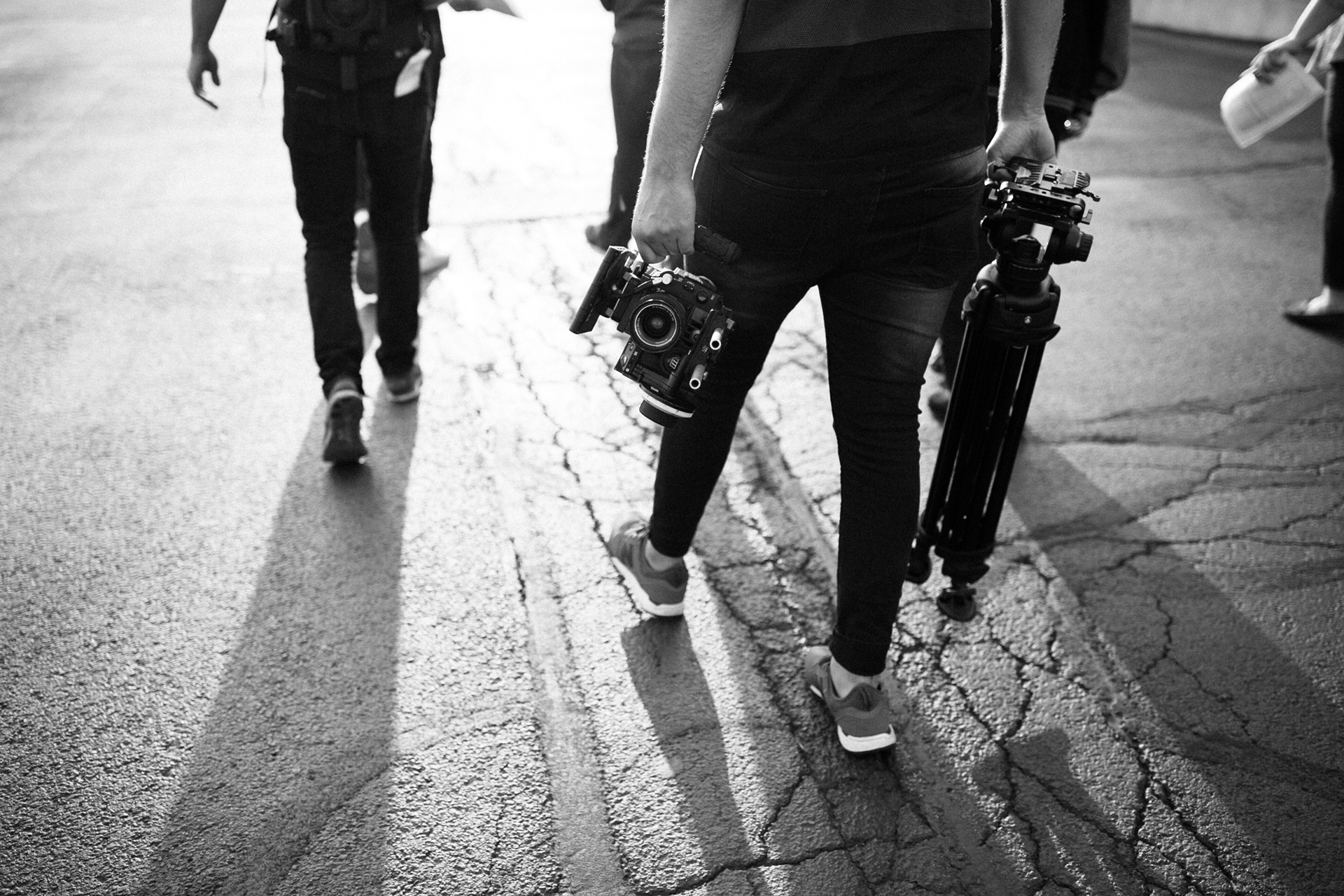01.09.2021 > news and events
From storyboard to editing
BETWEEN PRODUCTION AND POSTPRODUCTION
TAGS: BRANDING /
GRAPHIC DESIGN /
COMPANY PROFILE
GRAPHIC DESIGN /
COMPANY PROFILE
Videos are a very effective tool for telling stories, as they allow us to engage into a way more powerful experience compared to the classic photo, transporting us into a more immersive dimension, in motion and surrounded by sound.

For these reasons, videos are an increasingly used media, aimed to produce engagement and interest in the public, used not only in private social media profiles or on those belonging to companies that deal with BtoC (in which the involvement of the end user and consumer is the mainspring that triggers the possible conversion of the audience into an actual customer), but also by companies once less accustomed to this type of language.
With Instagram Stories or Reels or with TikTok videos, producing content that rises a lot of interest is something fun and within everyone’s reach. This is partially true, if we stop at the extemporaneousness and spontaneity that Stories on Instagram or other social networks generally want to convey. As for more structured videos, with a concept and a precise narrative translated with a consistent and coherent visual language, it’s a completely different story.
The shooting day is only the tip of the iceberg of a long preparation and definition work, that finds its completion through the video and audio editing.
Starting from the brief and from the “story” to be told, one must first of all build a storyboard, briefly describing the entire video: it is a sort of “roadmap” made of words and images, defining the content of the video, the type of shot, angle and lights, the type of camera movement or animation (if motion graphics), its duration, if there’s a voiceover or girth texts, and possibly an indication of the music or sound effects.


The process of creating a storyboard is far from simple, as you need to already have envisioned the whole finished product in your head, and furthermore have the ability to synthesize it into a finite number of steps, clearly and unequivocally described.
Once the storyboard is approved, you need to start the process of production of the video: how many people are needed for the shooting? For how long? What will be the chronoprogram and which the order of the shooting (in fact, the order in which the shooting proceeds not necessarily has to coincide with the sequence of the storyboard)? Which locations are the most appropriate? In short, a real organizational frenzy. It takes a lot of experience and pragmatism to survive all this!
The activity of filming involves a whole series of technical devices, equipment, people involved ..and unexpected events are on the agenda. Therefore, you need to have the flexibility to adapt the production plan according to the surrounding conditions: imagine that the production plan involves shooting an outdoor scene during the day, but all of a sudden it’s about to rain…help!
Let’s suppose we survived the shooting days. At this point we will have a consistent amount of footage ready to be edited. Editing is also a phase with its inevitable pitfalls, since it’s necessary to ensure that the storyboard is effectively represented by the edited version, not only in its contents, but also in its most intangible parts, which are those that contribute the most to giving the right atmosphere/mood to the video. In fact, the same identical shot can be edited for example with a pressing rythm, energetic graphics and animations, combined with an aggressive colour grading, or vice versa with a quieter pase, more elegant and discreet graphics and a more delicate colour grading.

Depending on how the editing is done, the final result but above all what the video communicates will be radically different.
We have seen how the process that goes from the idea of a video to its realization is characterized by the succession of different phases, with some possible unexpected events and many key moments. Above all, however, the most relevant factor that impacts on the success of a video it’s the people, which is why it is fundamental to select the best professionals on the market and be supported by the best partners to create a truly effective project.
We have seen how the process that goes from the idea of a video to its realization is characterized by the succession of different phases, with some possible unexpected events and many key moments. Above all, however, the most relevant factor that impacts on the success of a video it’s the people, which is why it is fundamental to select the best professionals on the market and be supported by the best partners to create a truly effective project.
Follow all Visualcom updates on our Diary, on social channels and subscribe to our newsletter.
Do you have questions about communication or marketing? Write us your questions and we will answer them.
Do you have questions about communication or marketing? Write us your questions and we will answer them.

